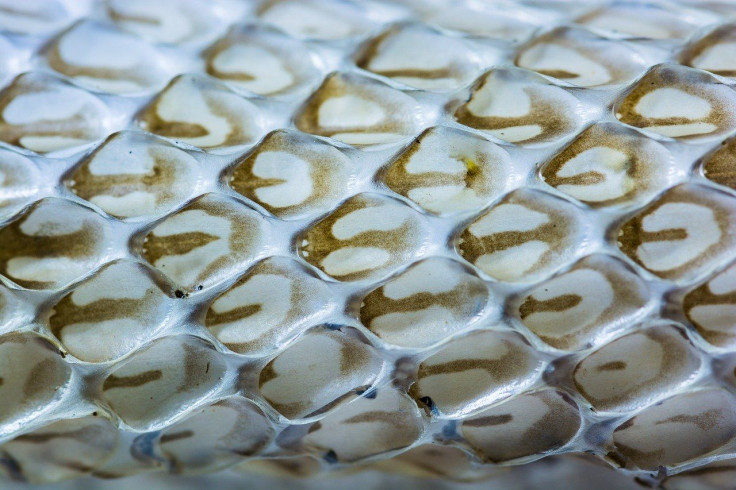Asian Snakes Spotted Disemboweling Toads Instead Of Swallowing Them Whole
KEY POINTS
- 3 Asian snakes were documented eviscerating preys instead of swallowing them whole
- It is the first time such feeding behavior was observed in the species
- It's possible that what they were eating has something to do with the behavior
For the first time, researchers observed snakes on three different occasions eviscerating toads instead of swallowing them whole. What could be behind these particularly gruesome attacks?
Snake is popularly known to eat its prey by swallowing it whole but for the first time, a team of researchers documented snakes that disemboweled prey instead of swallowing them whole.
In the study published in the journal Herpetozoa, the researchers describe three separate incidents during their observations in Thailand wherein they documented small-banded Kukri Snakes (Oligodon fasciolatus) using their enlarged posterior maxillary teeth to cut open their live preys.
"The snakes inserted their heads into the abdomen of the toads, pulled out some of the organs and swallowed them," the researchers wrote, noting that the struggle between predator and prey lasted for hours.
🐍New study in @Herpetozoa reports on the 1st case of #snakes feeding on the organs of breathing toads.
— Pensoft (@Pensoft) September 28, 2020
🔗Guest blog post by lead author Henrik Bringsøe: https://t.co/UX1FyAHBqK.
🔓Study: https://t.co/ddpxvjjBA8.#Herpetology #Biodiversity #Zoology
Why did these snakes consume the toads this way? It could have something to do with what the snakes were eating. In all three cases, the snakes were eating Asian Black-spotted toads (Duttaphrynus melanostictus), a large toad species known to secrete a potent toxin from their neck and back. As the University of Michigan's Museum of Zoology notes, it's possible that this is why the species does not have many predators.
As such, it could be possible that the snakes were avoiding being poisoned by the toads' toxins.
But, the researchers also note of a fourth observation wherein the snake just swallowed a toad of the same species whole, the only difference is that the toad was a smaller semi-adult.
"These are the first known cases of serpents inserting their heads into prey and subsequently extracting and eating organs, then discarding the rest of the prey. However, it is striking that a smaller toad was swallowed whole," the researchers wrote.
The researchers are considering several possibilities, the first being that the juveniles of the toad species may be less potent than the adults, allowing the snakes to eat them but not the adults. Another possible explanation could be that the adult toads were simply too large to be swallowed whole. As it happens, the toads are known to be of medium to large size while the snakes are described as being "small to medium-sized."
The researchers also noted several other snake species that have been observed to not swallow their prey whole because of the kind of prey they're consuming, for instance having to extract snails off their shells or tearing off parts of a hard-shelled crab.
Whether this is the case for the Small-banded Kukri snakes that the researchers saw, however, is unclear. But their observations add to the understanding of the species.
"At present, we cannot answer any of these questions, but we will continue to observe and report on these fascinating snakes in the hope that we will uncover further interesting aspects of their biology," study first author Henrik Bringsøe wrote in a guest blog post on Pensoft.

© Copyright IBTimes 2025. All rights reserved.





















